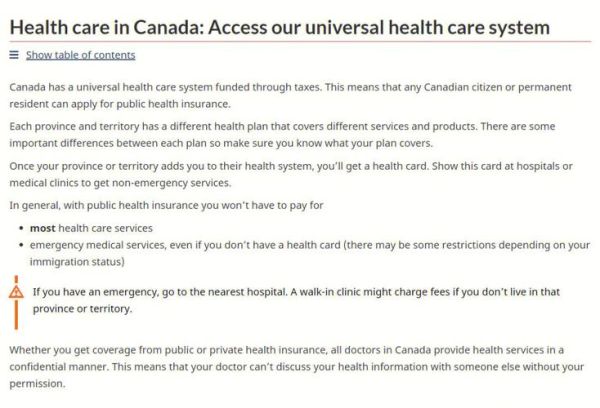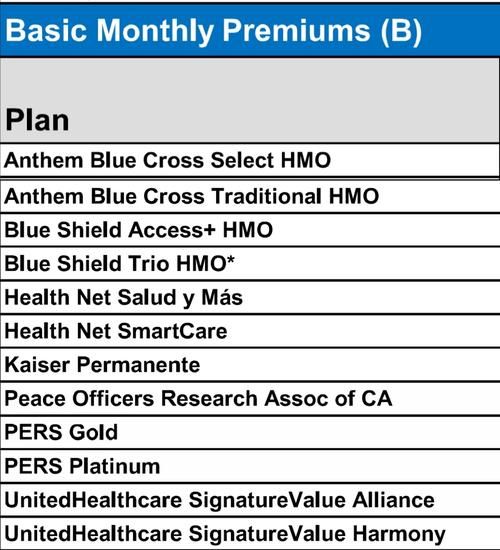Online health insurance is a fully digital way to research, compare, buy and manage medical coverage through web platforms or mobile apps. Digital health coverage works by replacing paper forms with encrypted data flows, using AI-driven underwriting to price risk in minutes, and giving policyholders 24/7 access to virtual ID cards, claims dashboards and tele-medicine networks.

Why Millennials Are Switching to Online Health Insurance
Younger buyers grew up with Amazon-level convenience and expect the same from insurers. **Three forces** push them online:
- Instant quotes instead of waiting days for an agent to call back
- Side-by-side plan grids** that expose hidden deductibles and out-of-pocket caps
- Mobile push alerts** when a claim is approved or a prescription is ready
Core Components of Digital Health Coverage
1. AI-Powered Underwriting
Traditional underwriting can take two weeks and a blood draw. Online carriers ingest electronic health records, prescription histories and even wearable data to **issue policies in under five minutes**. The algorithm asks itself: “Does this applicant’s BMI, medication list and step count predict higher-than-average costs?” If the risk score is acceptable, coverage is bound immediately.
2. Virtual Care Bundles
Most digital plans embed **unlimited tele-medicine visits** at no extra cost. A member with strep throat can open the insurer’s app, answer a triage questionnaire, and receive an e-script within fifteen minutes. The same platform schedules follow-up labs and pushes the results back to the member’s phone.
3. Blockchain Claims Ledger
Instead of faxing invoices to a back office, providers submit encrypted claims to a **shared blockchain**. Smart contracts auto-adjudicate routine procedures, cutting payment cycles from thirty days to under twenty-four hours. Members can watch the ledger update in real time and know exactly what they owe.
Step-by-Step: How to Buy Health Insurance Online
- Gather personal data: SSN, household income, current medications, preferred doctors
- Use a licensed marketplace such as Healthcare.gov, eHealth or a carrier’s direct site
- Filter plans by metal tier, deductible range and HSA compatibility
- Verify network adequacy: type your ZIP code and doctor’s name to confirm in-network status
- Pay the first premium** with ACH or credit card; coverage starts the first of the next month
Hidden Fees to Watch For
Digital does not always mean transparent. Ask yourself these questions before clicking “Enroll”:

- Does the plan charge a **monthly platform fee** on top of the premium?
- Are **out-of-network emergency claims** covered at the same coinsurance rate?
- Is there a **tele-medicine consultation fee** after the fifth visit each year?
Digital Health Coverage vs Traditional Group Plans
| Feature | Digital Individual Plan | Traditional Employer Plan |
|---|---|---|
| Underwriting speed | 5 minutes | None—guaranteed issue |
| Monthly cost for a 30-year-old | $180–$250 | $120 (employer subsidized) |
| Network size | Narrow, tele-health heavy | Broad PPO or HMO |
| HSA eligibility | Most bronze plans | Depends on employer choice |
Security & Privacy Checklist
Because health data is more valuable than credit-card numbers on the dark web, **lock down your account** with these steps:
- Enable **FIDO2 hardware keys** instead of SMS two-factor authentication
- Read the carrier’s **HIPAA business-associate agreement** to see who else touches your data
- Opt out of **de-identified data sales** used for pharmaceutical marketing
Real-World Use Case: Sarah’s 48-Hour Surgery Journey
Sarah, a freelance designer in Austin, felt abdominal pain at 2 a.m. on a Sunday. She logged into her digital plan’s app, tapped “Symptom Checker,” and was routed to a board-certified surgeon via video within ten minutes. The surgeon ordered an immediate CT scan at an imaging center two miles away. By Monday afternoon Sarah had laparoscopic surgery; the **blockchain claim settled Tuesday morning** while she recovered at home. Total out-of-pocket: $1,400 against a $3,000 deductible.
Future Trends: Embedded Insurance and Wearable Adjustments
Expect to see health coverage **embedded inside gig-economy platforms** like Uber or Etsy. Drivers will auto-enroll after completing 100 trips, with premiums deducted per ride. Meanwhile, carriers already discount premiums up to 15 % for members who sync Apple Watch or Fitbit data. The algorithm continuously asks: “Is this member’s resting heart rate trending down?” If yes, next month’s bill drops by a few dollars—**a real-time reward for healthy behavior**.
Common Pitfalls and How to Avoid Them
Pitfall 1: Choosing the Lowest Premium Without Checking the Deductible
A $150 bronze plan looks cheap until you realize the **deductible is $8,700**. If you expect any non-preventive care, a $220 silver plan with a $2,000 deductible often saves money.
Pitfall 2: Ignoring State Network Variations
A national carrier may list your doctor as in-network in New York but out-of-network in Texas. Always re-validate the provider directory after moving or changing jobs.

Pitfall 3: Forgetting to Update Income on the Exchange
If your modified adjusted gross income rises above 400 % of the federal poverty level, you lose **premium tax credits** retroactively. Set a calendar reminder each November to reconcile your projected vs actual income.

评论列表